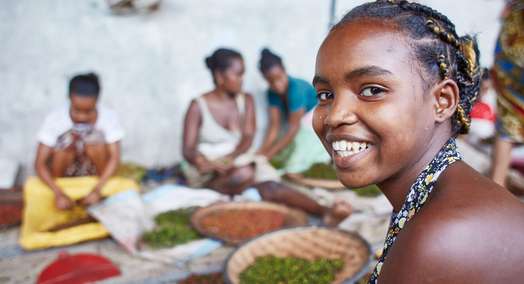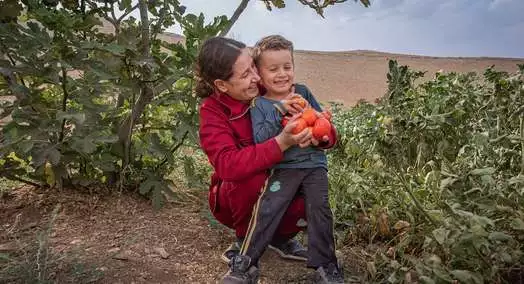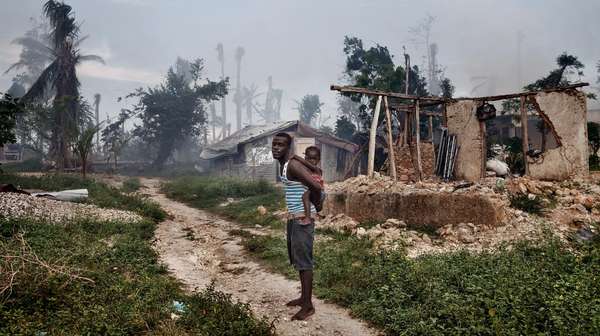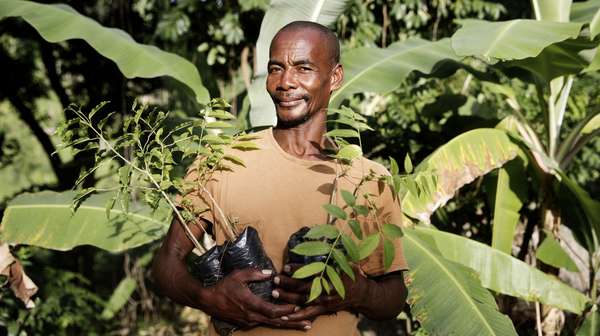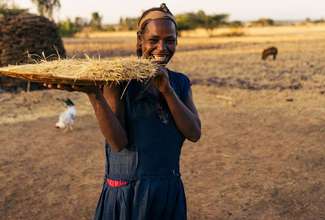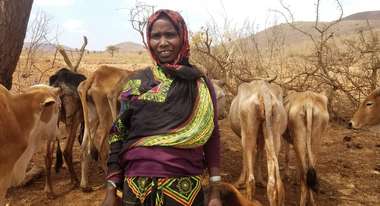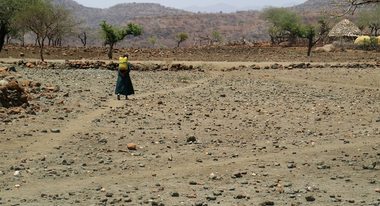The natural climate phenomenon El Niño influences the distribution of precipitation in many regions of the world. It often brings heavy rain to East Africa.
Flood disaster in East Africa after devastating drought
After a long period of drought, heavy rainfall hit the countries in the Horn of Africa in October and November 2023. The arid soil could not absorb the water, resulting in devastating floods in many areas.
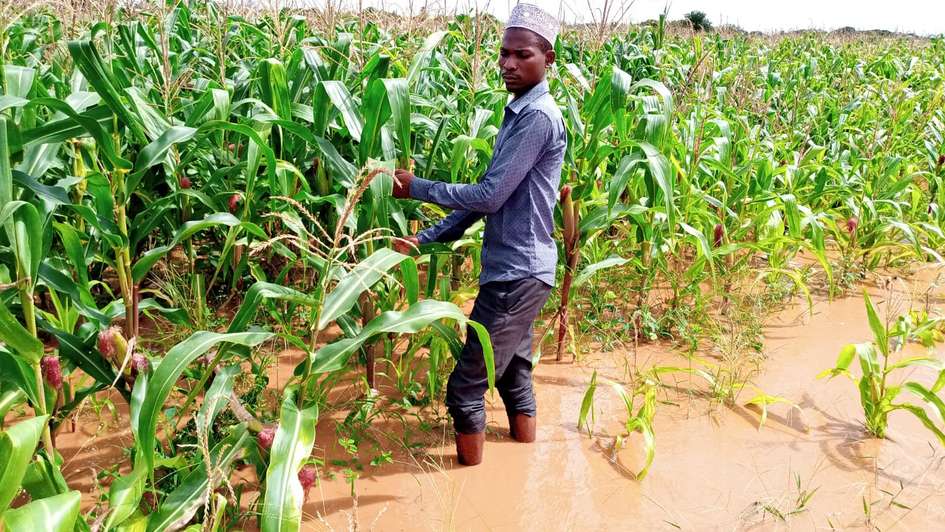
The floods in Somalia, Kenya, Ethiopia and South Sudan have been particularly destructive. The people of East Africa waited in vain for the rainy season for several years, before the climate phenomenon El Niño brought abundant rainfall. The floods are a typical consequence of long periods of drought: The water cannot soak into the completely dried-out upper layers of the earth and eventually runs off in sometimes torrential streams. Weather forecasts predict even more rain in the coming weeks, meaning further flooding is expected.
In Somalia, over 450,000 people have left their homes and fled to higher ground. Two hundred and forty thousand people have evacuated in Ethiopia, and 150,000 in Kenya, where over 100 people have died. In the entire region between Sudan and Tanzania, over 3.1 million people have been affected by the disaster in one way or another.
Consequences of the flood disaster
The damage is enormous: in Kenya alone, the water has drowned over 2,000 farm animals and flooded large areas of agricultural land. There is limited access to drinking water and food, and many people have lost all their household items and valuables, making it a challenge to meet even the basic needs of those forced to evacuate. There is a risk of disease outbreaks. Members of vulnerable groups need accommodation and access to essential services.
There is an 80% probability that the effects of El Niño will last until at least May 2024. These effects could mean that those who have evacuated cannot return to their homes and earn a living for a long time. The last El Niño phenomenon in 2019 brought flooding and landslides. It affected 330,000 people in Kenya alone, 160,000 of whom had to leave their homes – that number of people has almost already been reached again this year after just a few weeks.
The consequences of the disaster go beyond the immediate material hardship – they can exacerbate societal issues. In the regions of Kenya affected by the floods, for example, there are already conflicts over grazing land, intensified by several years of drought in East Africa. The floods now pose an additional threat to the livelihoods of the population groups living from pasture farming, increasing the risk of violent conflicts over scarce resources.
Contact between humans and wild animals is also increasing – for example, snakes and crocodiles are more likely to inhabit flooded landscapes. Finally, the collapse of sanitation systems – water supply and wastewater disposal – can have unforeseeable consequences: in 2019, a cholera epidemic followed the floods caused by El Niño. The stagnant water in many places is also a breeding ground for mosquitoes that can transmit malaria. Even before the flooding, the countries in the region were already struggling with local outbreaks of cholera and measles.
The climate is changing and we must learn to live with it.
After the floods: improving climate resilience
Agriculture will only benefit from the rainfall to a limited extent, dry soil does not absorb much moisture, and the floods also create better conditions for pests and pathogens that threaten crops and livestock.
El Niño is a natural global climate phenomenon that occurs every two to seven years. In East Africa, it typically leads to heavy rainfall. The effects can be devastating in combination with preceding periods of drought, which are increasing due to climate change. The countries in the region must find ways to cope with this interplay of droughts and floods. Therefore, Welthungerhilfe (WHH) supports its local partners in strengthening the climate resilience of society and the economy.
Today, however, we must first deal with an acute emergency. People need shelter, food, hygienic sanitary facilities, and later support in rebuilding their livelihoods. WHH staff are on the ground, assisting where possible.
How we're helping on the ground:
- In southern and central Somalia, WHH and partner organizations have so far provided more than 700 households (approx. 4,300 people) with better water and sanitation, for example, by distributing 500 hygiene kits, building latrines, delivering clean water in tankers or training volunteers from the communities.
- To date, we have distributed 100 materials and tool kits to households to construct emergency shelters.
- We are supporting 200 particularly vulnerable households headed by women with cash and food.
- In Kenya's affected regions, WHH provides water containers, water treatment products, hygiene kits and soap.
- We are helping to evacuate people living in areas at high risk of flooding. In particular, we support authorities and partner organizations in ensuring evacuees receive healthcare. We also ensure that all affected people receive the necessary information quickly.
